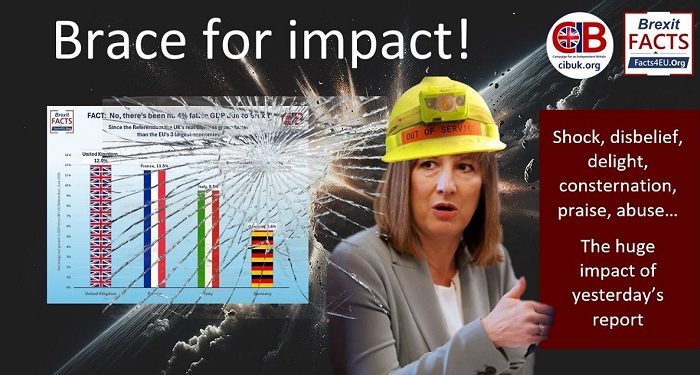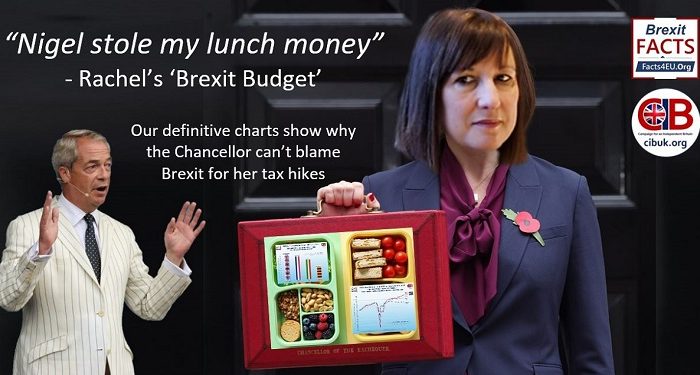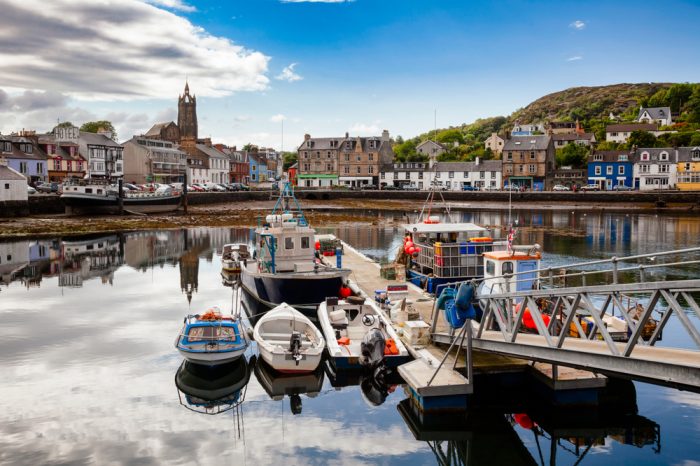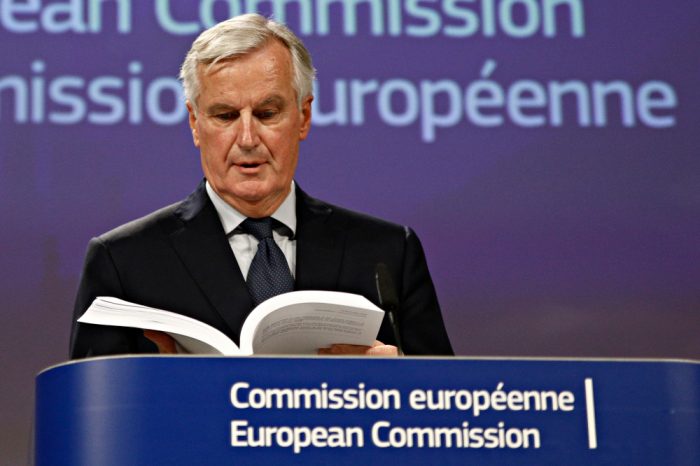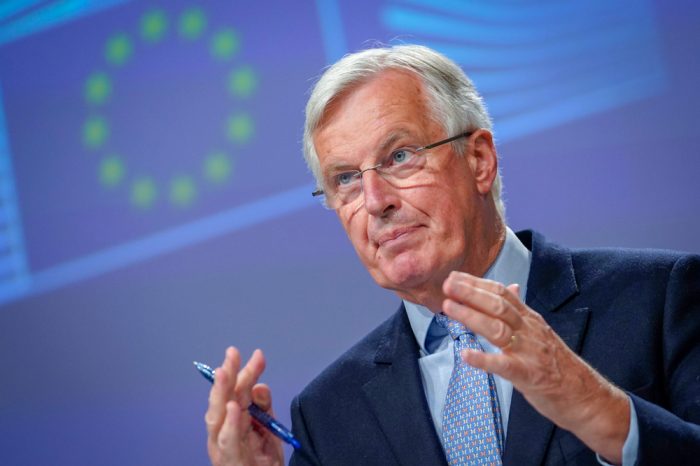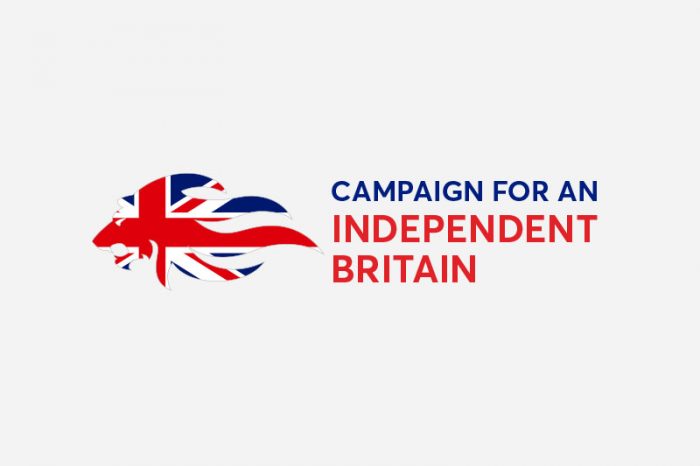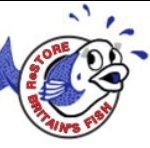Fisheries Part 9:- Repairing the damage requires careful planning
To recap: Some politicians knew right from the start that the CFP amounted to a betrayal of our fishermen
When National Fishery limits were extended from the 3 nautical mile limit to 12 and then 200/median line in the 1960s and 1970s, British boats which formerly fished far away from the UK found themselves squeezed out of their traditional grounds from the Grands Banks, Greenland, Iceland, Norway and Russia. The middle water fleet likewise found itself excluded from Faroese waters.
Under normal circumstances, our fishermen would have been compensated for this loss of access by being given exclusive rights to our new UK Exclusive Economic Zone (EEZ) of 200 miles/median line. Instead, however, the Westminster Parliament decided to give the people’s resource away. They blocked that option and instead of supporting our own industry, preferred to let the fishing fleets of other EU member states catch most of the fish in what are our waters. Now, a visit to many fishing ports around the UK coast will reveal all too clearly the devastation and decline this policy has caused.
John Silkin, the Labour Fisheries Minister did all he could in 1977-8 to try and obtain a British exclusive 50 nautical mile zone, but as he stated in a House of Commons statement on 19th. January 1978, “There was considerable opposition to my demands on this question on the basis that they were contrary to the Treaty of Accession”.
How often have we heard that? “Go and read the Treaties!” It will be a huge relief when Article 50 is finally invoked, as two years later the EU Treaties will cease to apply to the UK.
Five years later on 25th January 1983, Regulation 170/83 had just come into force, which introduced the percentage share out of all individual species, known in the trade as “Relative Stability”, which the Conservative Government of Margaret Thatcher hailed a great success. Six days later, however, Peter Walker, the fisheries minister, painted a different picture:- “The reality is that if the United Kingdom, instead of demanding anything like the historic proportion of Europe’s fish that it had caught, demanded a 200-mile limit and 50 per cent. or 60 per cent. of Europe’s fish, that would mean the massive destruction of the fishing industries of most of our friends and partners in western Europe.”
In other words, it was anything but a success for our fishermen, although wonderful news for the fleets of other EU member states.
As has been pointed out before in these articles, the quota system was part of the political integrationist agenda. The commitment to the creation of an United States of Europe was far more important that introducing a fisheries policy built on sensible conservation practise. Each member state was given a quota for each species which the National Governments then distributed among their own fleet.
Why, however, did our government allow our allocation to gain a monetary value? Goodness knows, unless they knew that such action would end up with the allocated resource coming into the hands of a favoured few – including foreign hands – and thus getting rid of British vessels in order to comply with our Treaty obligations.
Non-EU quota based systems are not the answer
Brexit provides us with an historic opportunity to repair the damage which EU membership has done to our fishing industry. Recently, a number of well-intentioned articles and reports have been published on this subject, written by persons with no sea-going fishing experience. The net result has been a number of proposals which, sadly, are of little if any value.
For instance, knowing that Iceland and Norway are not in the EU and have large fishing fleets, some pieces are proposing that an independent UK uses their fisheries management system as a template. Unfortunately, their assumption that a non-EU country would automatically operate a better fisheries management system has proved misplaced. Both Norway and Iceland operate quota systems and thus their fishing industry has suffered similar social consequences – small family businesses have been forced out of the profession, affecting entire coastal communities.
Statistical and factual confusion
This is not the only mistake in some fisheries proposals. The Adam Smith Institute made a mistake in its fisheries proposal with the chronology of the introduction to the 200 mile/median point zone.
Statistics is another area which also needs to be handled carefully. Lumping all the sectors of the fishing industry together is confusing, as within a single heading are several different sectors, from small boats operating near the shore to large deep-water trawlers using different methods of fishing.
So, to take the 2015 Eurostat statistics on overall vessel tonnage, Spain is shown as having double the tonnage of both France and ourselves, whereas statistics based on overall engine power of the total fleet shows Spain and ourselves having only 75% the engine power of the French fleet. This is because different vessels of different horsepower are used for different types of fishing.
Confusion can also occur when considering the tonnage of species caught, as you can catch huge numbers of some species which have relatively little value, whereas with some species, there is great value in small tonnage.
The overall tonnage taken, (in thousands of tonnes) per nation in 2015 was:-
Norway 2146
Iceland 1317
Spain 901
UK 701
France 497
Even given the caveat about the different value of different species, these figures show the massive potential out there. The tonnage for an independent UK, free from the fetters of the CFP, should be the same or better than Norway.
Things get even more complicated if one attempts to calculate how many fish the other EU member states take out of the UK zone, because figures of the percentage share amongst the member states per area zone is broken down by species. The UK may catch as many as 90% of the total catch of one individual species in our own EEZ but as little as 10% of another. Realistically, the figure is about 40% overall, which mean that vessels from other EU member states take 60% of what is the British people’s resource. France has admitted up to 70% of its total catch comes from the British EEZ.
No other EU Member State gave away its own resources to the degree that we did. We cannot continue to do this, but on the other hand, if on Independence Day, we swung to the opposite extreme and allowed no EU vessel in our waters, the consequences would be dramatic and damaging. What is required is a transitional time-limited process. Fortunately, on Independence Day, when the Treaties and Regulations cease to apply, we will revert back to our Fishery Limits 1976 Act, which functions under UNCLOS 111, through article 62
Utilization of the living resources
- The coastal State shall promote the objective of optimum utilization of the living resources in the exclusive economic zone without prejudice to article 61.
- The coastal State shall determine its capacity to harvest the living resources of the exclusive economic zone. Where the coastal State does not have the capacity to harvest the entire allowable catch, it shall, through agreements or other arrangements and pursuant to the terms, conditions, laws and regulations referred to in paragraph 4, give other States access to the surplus of the allowable catch, having particular regard to the provisions of articles 69 and 70.
This is a way whereby a transfer of operations could be fairly moved across in a time-limited period, with no permanent right of access conceded.
In my final article, I will look at the benefits and potential of Brexit fisheries, but it must not be forgotten what Theresa May said in her Conference speech on 2nd October: The authority of EU law in Britain will end. This,after all, is what Brexit is about.
We trust that we can take her at her word and that the future of the British people’s resource and the revitalisation of our fishing industry and coastal communities rests in the hands of our elected representatives at Westminster and no one else.



